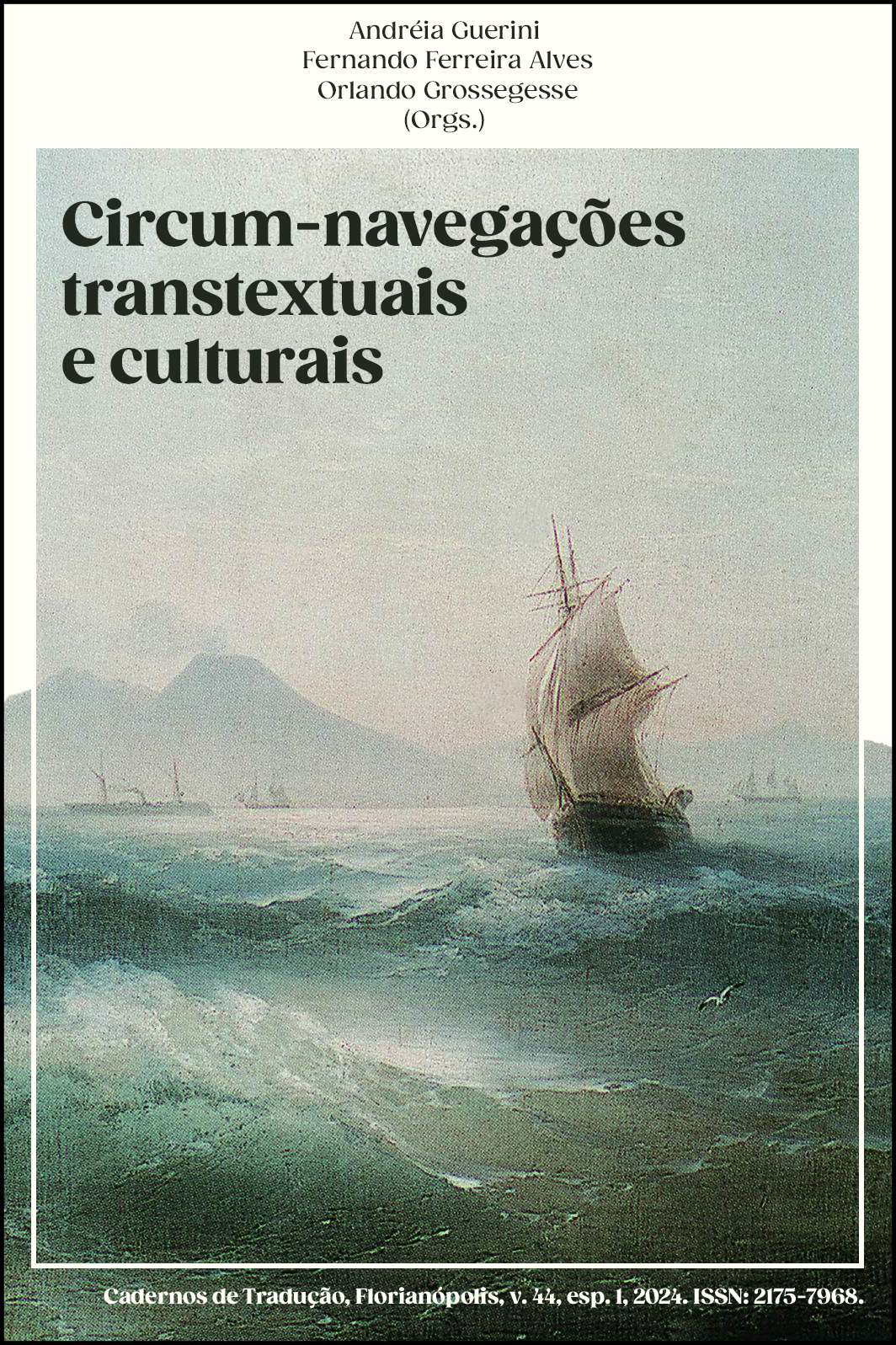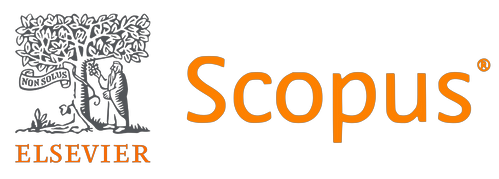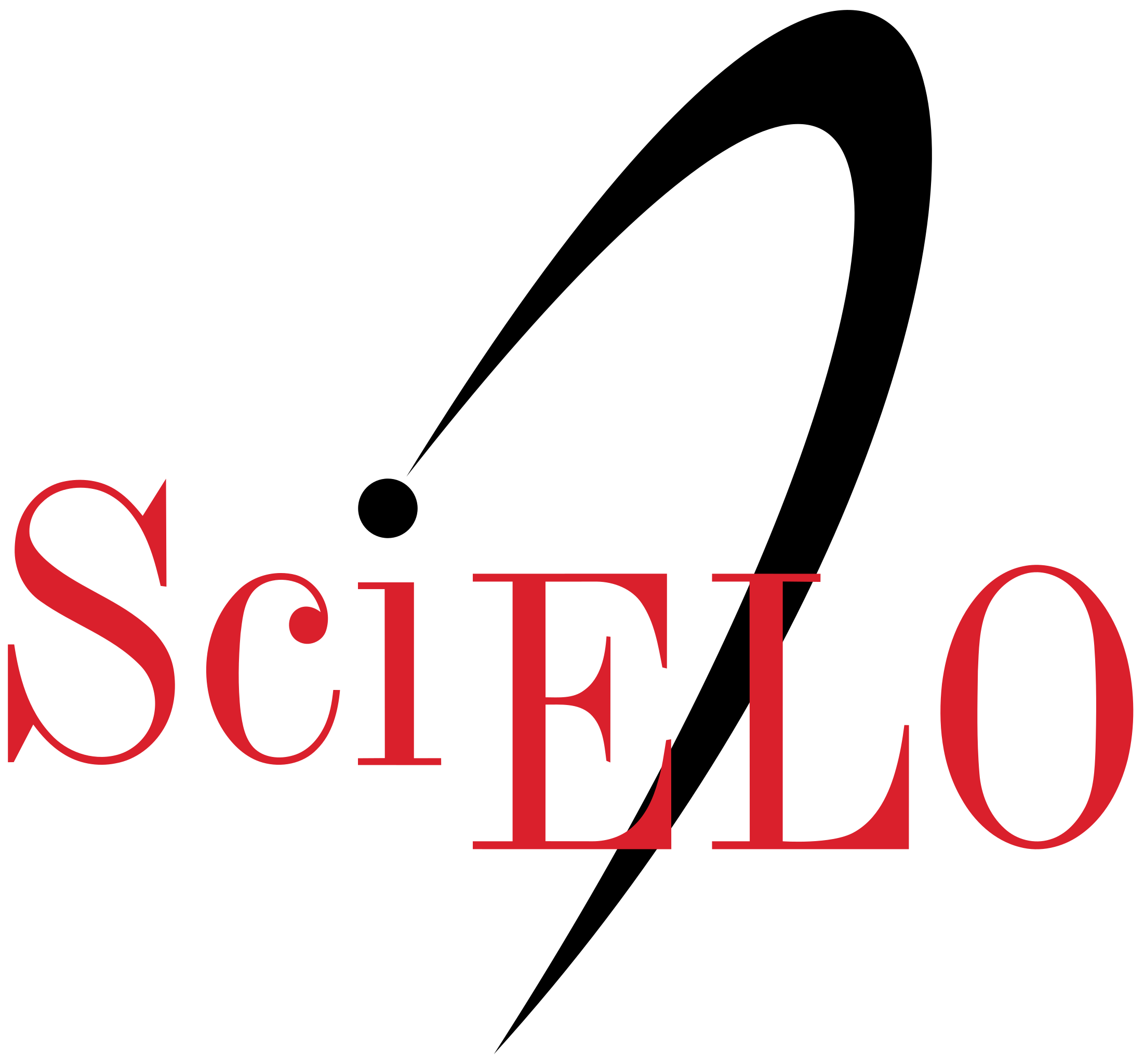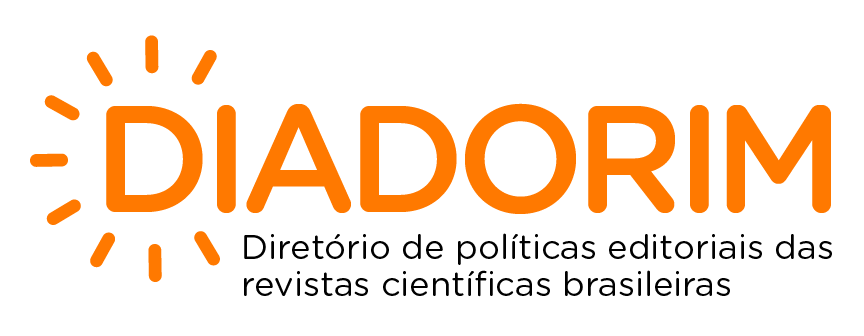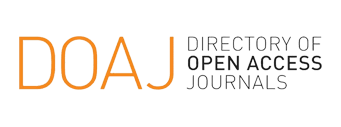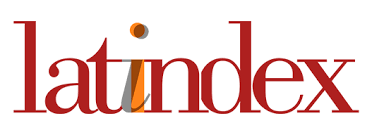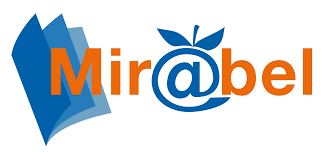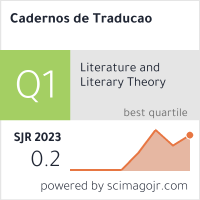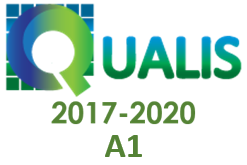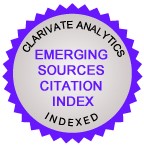Communication in healthcare contexts: Multilingual technological resources to improve the communicative effectiveness of the Informed Consent
DOI:
https://doi.org/10.5007/2175-7968.2024.e95247Keywords:
health communication, writing and translation in clinical contexts, language technologies, informed consent, exploitation of multilingual corporaAbstract
Scientific advances and the complexity of the sociological context in which medicine is practised in an increasingly globalised and interconnected world raise new ethical and legal questions about the rights and obligations of patients, health professionals and public health care services. Despite the significant and undeniable progress brought about by the paradigm shift in the doctor-patient relationship and the great development of medical law and bioethics in recent years, patients continue to encounter serious linguistic and cultural obstacles to exercising their right to information and decision-making in relation to their health. In this paper we present part of the results of the HIPOCRATES research project of the Spanish GENTT group, aimed at humanising health care by improving doctor-patient communication in multilingual environments. Specifically, we will focus on the advances made in the textual analysis of the Informed Consent (IC), a medical genre of great relevance in clinical translation and writing due to its ethical and legal implications. Its lexical-syntactic complexity and the lack of standardised patterns in its writing hinder its comprehensibility and makes it difficult to identify the rhetorical sequences in which the communicative and legal functions of this genre are embodied. We present a textual analysis tool (ProText GENTT), which uses machine learning to exploit corpora with traditional techniques and artificial intelligence and with which we have analysed a multilingual (Spanish, Catalan and English) corpus of IC texts compiled by our research group (GENTT_Corpus). This analysis has allowed us to identify the linguistic-textual and rhetorical elements that hinder comprehension. From these results, our team is currently working on proposing optimized models with different levels of complexity both in printed and digital formats (e-consent).
References
Biber, D. (2019). Text-linguistic approaches to register variation. Register Studies, 1(1), 42–75. https://doi.org/10.1075/rs.18007.bib
Biber, D., & Egbert, J. (2016). Register Variation on the Searchable Web: A MultiDimensional Analysis. Journal of English Linguistics, 44(2), 95–137.
https://doi.org/10.1177/0075424216628955
Borja Albi, A. (2012). Aproximación traductológica a los textos médico-jurídicos. Panace@, 13(36), 167–175.
Borja Albi, A. (2013). A genre analysis approach to the study of the translation of court documents. Linguistica Antverpiensia, New Series – Themes in Translation Studies, 33–53.
Borja Albi, A., & García-Izquierdo, I. (2015). Corpus-based knowledge management systems for specialized translation: bridging the gap between theory and professional practice. In M. T. Sánchez Nieto (Ed.), Corpus-based Translation and Interpreting Studies: From description to Application. (pp. 191–209). Frank & Timme.
Borja Albi, A., & García-Izquierdo, I. (2016). Web-based tools and resources for legal translators: the JudGENTT translation-oriented glossaries for criminal courts translators. Onomázein, 33, 226–250.
Carrillo Guerrero, L. (2005). Actualización retórica de la lengua: el Registro. Tonos digital: Revista de estudios filológicos, 9.
Casado, M. (2008). Manual de Documentos médico-legales. Consejería de Sanidad y Dependencia.
DuBay, W. H. (2004). The principles of readability. Impact Information.
Epstein, R. M., Franks, P., Shields, C. G., Meldrum, S. C., Miller, K. N., Campbell, T. L., & Fiscella, K. (2005). Patient-centered communication and diagnostic testing. The Annals of Family Medicine, 3(5), 415–421. https://doi.org/10.1370/afm.348
Epstein, R. M., & Street, Richard. L. (2011). The values and value of patient-centered care. The Annals of Family Medicine, 9(2), 100–103. https://doi.org/10.1370/afm.1239
Fernández Huerta, J. (1954). Evaluación de la composición escrita. Revista Española de Pedagogía, 12(47), 337–348.
Flesch, R. F. (1948). A new readability yardstick. Journal of Applied Psychology, 1948, 32, 221- 223.
García-Izquierdo, I., & Montalt, V. (2013). Equigeneric and intergeneric translation in patient-centred care. HERMES: Journal of Language and Communication in Business, (51), 39–51. https://doi.org/10.7146/hjlcb.v26i51.97436
García-Izquierdo, I., & Montalt, V. (2017). Understanding and enhancing comprehensibility in text for patients in an institutional heath care context in Spain: A mixed methods analysis. RESLA, 30(2), 592–611. https://doi.org/10.1075/resla.00008.gar
García-Izquierdo, I., & Bellés, B. (en prensa). Improving clinical communication: a qualitative study on the informed consent. Revista de Lenguas y Lingüística Aplicada.
GENNT (2022). Proyecto HIPÓCRATES. Creación de recursos multilingües para la mejora y la humanización de la comunicación médico-paciente en los servicios públicos de salud (HIPOCRATES). Ministerio de Ciencia, Innovación y Universidades Proyectos de I+D de Generación de Conocimiento y Proyectos de I+D+i Retos Investigación.
Gobierno de España. Ley 41/2002, de 14 de noviembre, básica reguladora de la autonomía del paciente y de derechos y obligaciones en materia de información y documentación clínica. Ministerio de la Presidencia, Justicia y Relaciones con las Cortes. https://www.boe.es/eli/es/l/2002/11/14/41/con
Göpferich, S. (2009). Comprehensibility assessment using the Karlsruhe comprehensibility concept. The Journal of Specialised Translation, 11, 31–52.
Martínez-Carrasco, R., & Ordóñez-López, P. (2023). El consentimiento informado en la comunicación médico-paciente: análisis crítico del marco legislativo. HERMES - Journal of Language and Communication in Business, 63, 100–117. https://doi.org/10.7146/hjlcb.vi63.134391
Montalt, V., & García-Izquierdo, I. (2016). ¿Informar o comunicar? Algunos temas emergentes en comunicación para pacientes. Panace@, 17(44), 81–84.
Muñoz Miquel, A., & García-Izquierdo, I. (2020). El Consentimiento informado y la comunicación centrada en el paciente: reflexiones desde la perspectiva de profesionales sanitarios y pacientes. In B. Tejera, J. F. Aixelá & Gheorghiu, C. I. (Eds.), Translatum Nostrum. La traducción y la interpretación em el ámbito especializado (pp. 137–153). Comares.
Organización Médica Colegial. (2016). Decálogo del Consentimiento Informado. Comisión de ética de la OMC. https://www.cgcom.es/noticias/2016/06/16_06_21_decalogo_consentimiento_informado
Pilegaard, M., & Ravn, H. B. (2012). Readability of patient information can be improved. Danish Medical Journal, 59(5), 1–5.
Ribeiro-Alves, A., & Ferreira Cabrera, A. (2018). Estudio de corpus: estructura y legibilidad en el documento de consentimiento informado en el ámbito académico profesional de las ciencias biomédicas. RLA: Revista de Lingüística Teórica y Aplicada, 56(2), 91–116. http://dx.doi.org/10.4067/S0718-48832018000200091
Simón Lorda, P. (2000). El Consentimiento Informado. Historia, Teoría y Práctica. Triacastela.
Suojanen, T., Koskinen, K., & Tuominen, T. (2014). User-centered translation. Routledge.
Downloads
Published
How to Cite
Issue
Section
License
Copyright (c) 2024 Cadernos de Tradução

This work is licensed under a Creative Commons Attribution 4.0 International License.
Copyright Notice
Authors hold the copyright and grant the journal the right for their articles' first publication, being their works simultaneously licensed under the Creative Commons Attribution License (CC BY), which allows the sharing of such works with its authorship acknowledged and its initial publication in this journal.
Authors are allowed to enter into separate additional contractual arrangements for the non-exclusive distribution of the journal's published version of the work (e.g., post it to an institutional repository or as a book chapter, with an acknowledgment of its initial publication in this journal).

